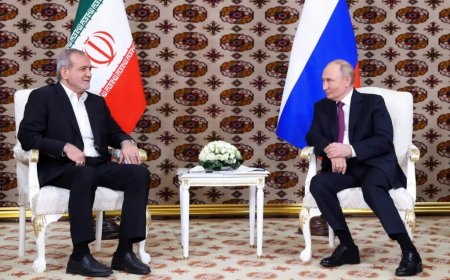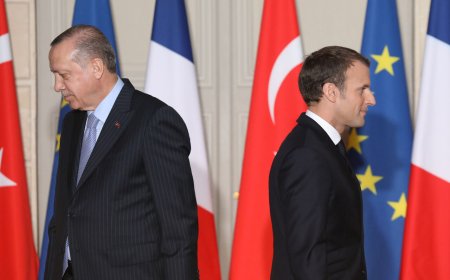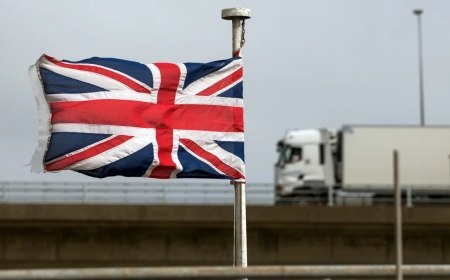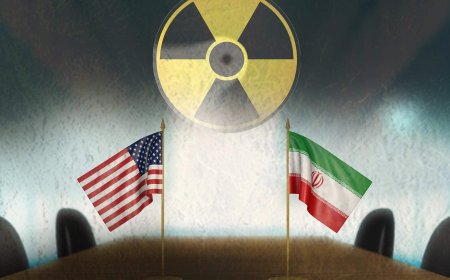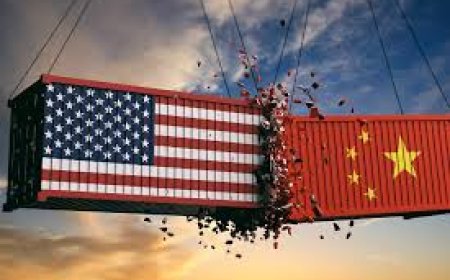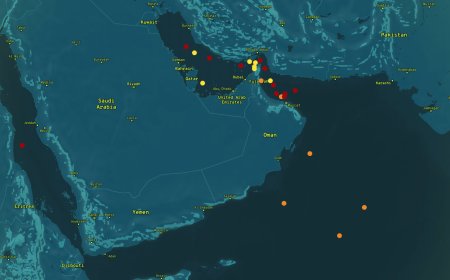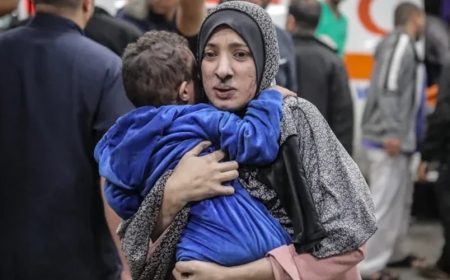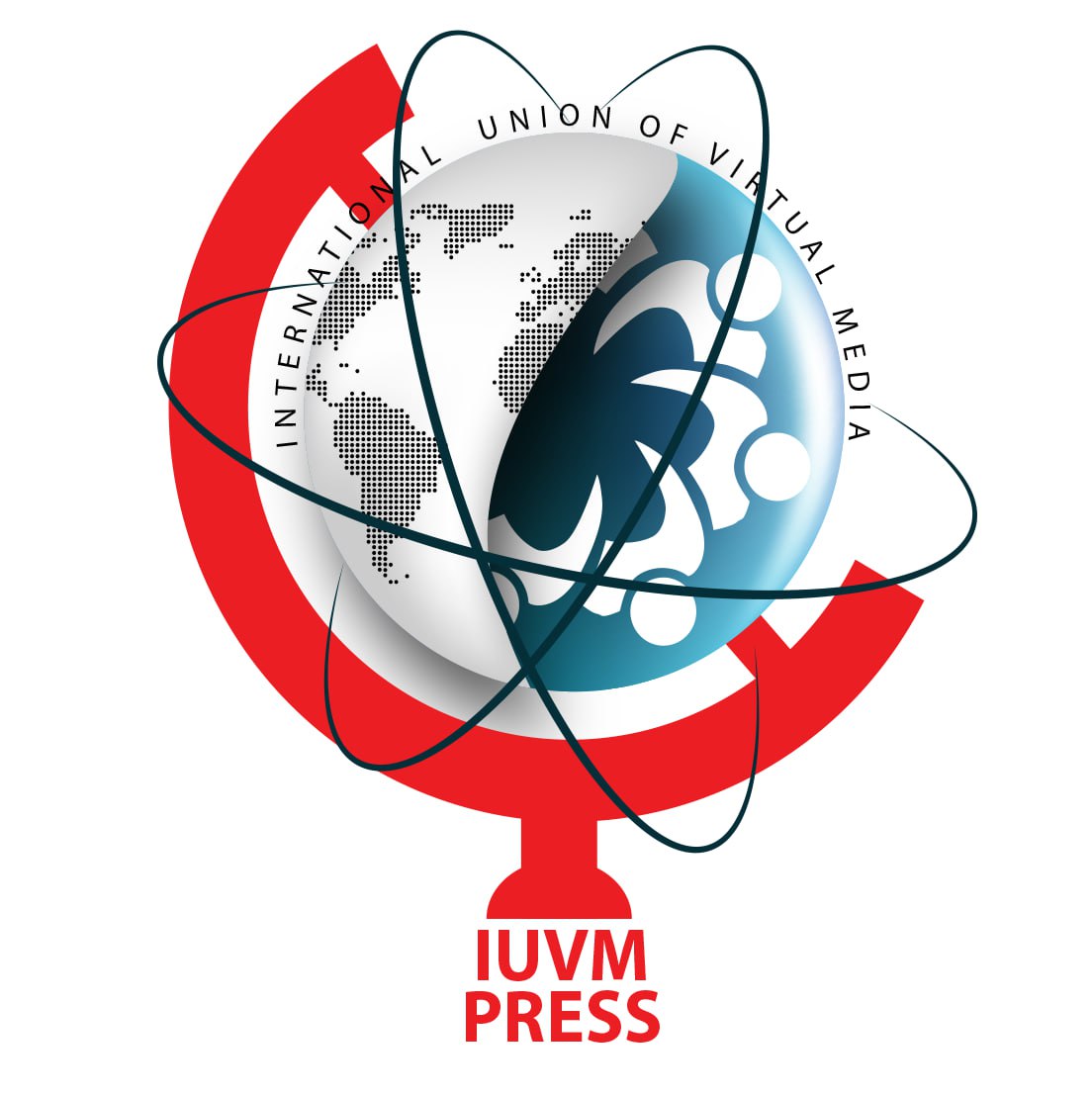The Point of No Return: Trump and Zelensky on a Divided Road
The meeting between Trump and Zelensky in Rome—following a disastrous earlier encounter at the White House—was a last-ditch effort to align their vastly different visions of peace. Held amid intensified Russian military offensives, the closed-door discussion suggested that months of U.S. diplomacy had failed to produce a breakthrough.
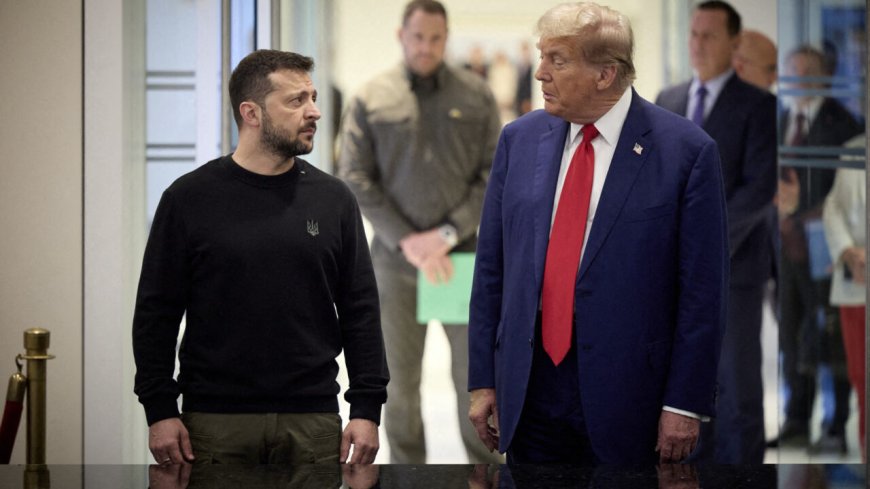
The Point of No Return: Trump and Zelensky on a Divided Road
Following the death of the Pope, the spiritual leader of the Christian world, whose passing in the Vatican drew global mourning, a host of world leaders gathered in the tiny state for a high-profile memorial. Among them were key figures from the United States, Ukraine, and Europe. But beyond the ceremonial atmosphere, a political meeting of far greater consequence took place in private: a discreet sit-down between U.S. President Donald Trump and Ukrainian President Volodymyr Zelensky.
At the core of their confidential discussion was the brutal and unresolved war between Russia and Ukraine—a war that continues to bleed resources, lives, and political capital.
For Trump, the stakes are deeply personal and political. One of his flagship campaign promises was to end the Ukraine war swiftly after assuming office. Yet, nearly 100 days into his new administration, that promise remains unfulfilled. The reasons behind this failure, and the growing rift between Washington and Kyiv over how to deal with Moscow, demand deeper examination.
The Peace Dilemma: A Clash of Realities
At the heart of the disagreement is a fundamental divergence in the definition of "peace." Trump, informed by both his assessment of battlefield realities and back-channel negotiations between his envoys and Russian President Vladimir Putin, has come to believe that a ceasefire is only possible if Ukraine cedes territory—including formally recognizing the annexation of Crimea.
Zelensky, meanwhile, stands firm on reclaiming Ukraine’s full territorial sovereignty, including Crimea. Backed by a wave of Western rhetoric and media pressure, he views territorial compromise as both betrayal and defeat. For Zelensky, peace without total victory is an illusion. For Trump, such a stance is delusional and disconnected from the battlefield.
Nationalism Rising in Kyiv
Trump’s view of peace has sparked a nationalist surge within Ukraine. War-weary citizens, hardened by years of Russian aggression, increasingly argue that the cost of capitulation exceeds the cost of war. Many now insist that every inch of Ukraine must be defended—regardless of the military odds.
Western media, too, plays a pivotal role in this narrative, continuously promoting the belief that Ukrainian forces, even with limited resources, can reclaim all lost territories. These outlets have sharpened their focus on Trump’s suggestion that peace might require sacrificing land, painting it as appeasement and a threat to Ukraine’s sovereignty.
A Critical Meeting in Rome: Shifting U.S. Security Calculations
The meeting between Trump and Zelensky in Rome—following a disastrous earlier encounter at the White House—was a last-ditch effort to align their vastly different visions of peace. Held amid intensified Russian military offensives, the closed-door discussion suggested that months of U.S. diplomacy had failed to produce a breakthrough.
After the meeting, Trump told reporters, “Maybe Putin doesn’t want peace.” A short sentence, but one packed with implication: Trump may now be losing faith in any near-term resolution with Moscow.
Should this pessimism solidify, Trump could pivot toward a more hawkish strategy—ramping up military aid to Kyiv and tightening the economic noose around the Kremlin. This shift would have major geopolitical implications.
Although the 2025 U.S. National Security Strategy identifies China—not Russia—as the primary strategic challenge, new battlefield realities may compel Washington to recalibrate. If Trump concludes that a negotiated peace is impossible, he may escalate America’s involvement in the war—not for Ukraine’s sake, but to corner Moscow in a long-term containment strategy.
Conclusion: Peace Delayed, Promises Derailed
Ultimately, Trump appears willing to let Russia keep Crimea and parts of Eastern Ukraine in exchange for peace. But between battlefield dynamics and fierce opposition from Ukraine and its European allies, that outcome seems distant.
In the short term, Trump’s bold promise of a “swift and permanent ceasefire” may prove not just unrealistic—but politically dangerous. The war rages on, the leaders are at odds, and the road ahead has no easy exit.
Translator: Ashraf Hemmati





